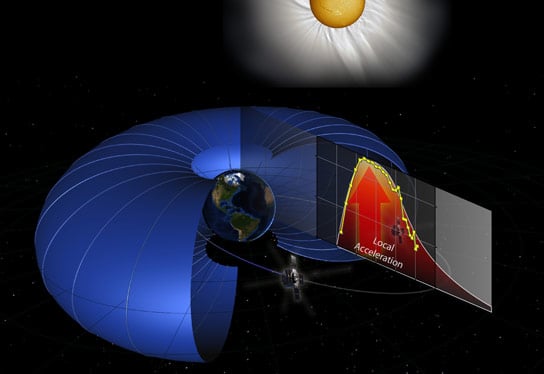It looks like you're using an Ad Blocker.
Please white-list or disable AboveTopSecret.com in your ad-blocking tool.
Thank you.
Some features of ATS will be disabled while you continue to use an ad-blocker.
7
share:
link
Now this is very interesting. Our planet is accelerating particles to about the speed of light?
This makes me wonder if our communications are hitching a ride on those particles and being shot out into space.
And could the same thing be happening to other races on other planets.
And could we also use this accelerator to launch ships into space maybe giving them an extra boost.
There's so much we don't know. It's very neat to see stuff like this.
Now this is very interesting. Our planet is accelerating particles to about the speed of light?
This makes me wonder if our communications are hitching a ride on those particles and being shot out into space.
And could the same thing be happening to other races on other planets.
And could we also use this accelerator to launch ships into space maybe giving them an extra boost.
There's so much we don't know. It's very neat to see stuff like this.
Using data from NASA’s Van Allen Probes, scientists have discovered how electrons in the heart of the Van Allen Radiation Belts surrounding Earth are accelerated to more than 99 percent the speed of light.
Scientists have discovered a massive particle accelerator in the heart of one of the harshest regions of near-Earth space, a region of super-energetic, charged particles surrounding the globe called the Van Allen radiation belts. Scientists knew that something in space accelerated particles in the radiation belts to more than 99 percent the speed of light but they didn’t know what that something was. New results from NASA’s Van Allen Probes now show that the acceleration energy comes from within the belts themselves. Particles inside the belts are sped up by local kicks of energy, buffeting the particles to ever faster speeds, much like a perfectly timed push on a moving swing.
The discovery that the particles are accelerated by a local energy source is akin to the discovery that hurricanes grow from a local energy source, such as a region of warm ocean water. In the case of the radiation belts, the source is a region of intense electromagnetic waves, tapping energy from other particles located in the same region. Knowing the location of the acceleration will help scientists improve space weather predictions, because changes in the radiation belts can be risky for satellites near Earth. The results were published in Science magazine on July 25, 2013.
In order for scientists to understand the belts better, the Van Allen Probes were designed to fly straight through this intense area of space. When the mission launched in August 2012, it had top-level goals to understand how particles in the belts are accelerated to ultra-high energies, and how the particles can sometimes escape. By determining that this superfast acceleration comes from these local kicks of energy, as opposed to a more global process, scientists have been able to definitively answer one of those important questions for the first time.
“This is one of the most highly anticipated and exciting results from the Van Allen Probes,” said David Sibeck, Van Allen Probes project scientist at NASA’s Goddard Space Flight Center in Greenbelt, Maryland. “It goes to the heart of why we launched the mission.”
edit on
26-7-2013 by grey580 because: (no reason given)
new topics
-
TLDR post about ATS and why I love it and hope we all stay together somewhere
General Chit Chat: 30 minutes ago -
Hate makes for strange bedfellows
US Political Madness: 2 hours ago -
Who guards the guards
US Political Madness: 5 hours ago -
Has Tesla manipulated data logs to cover up auto pilot crash?
Automotive Discussion: 7 hours ago
7

